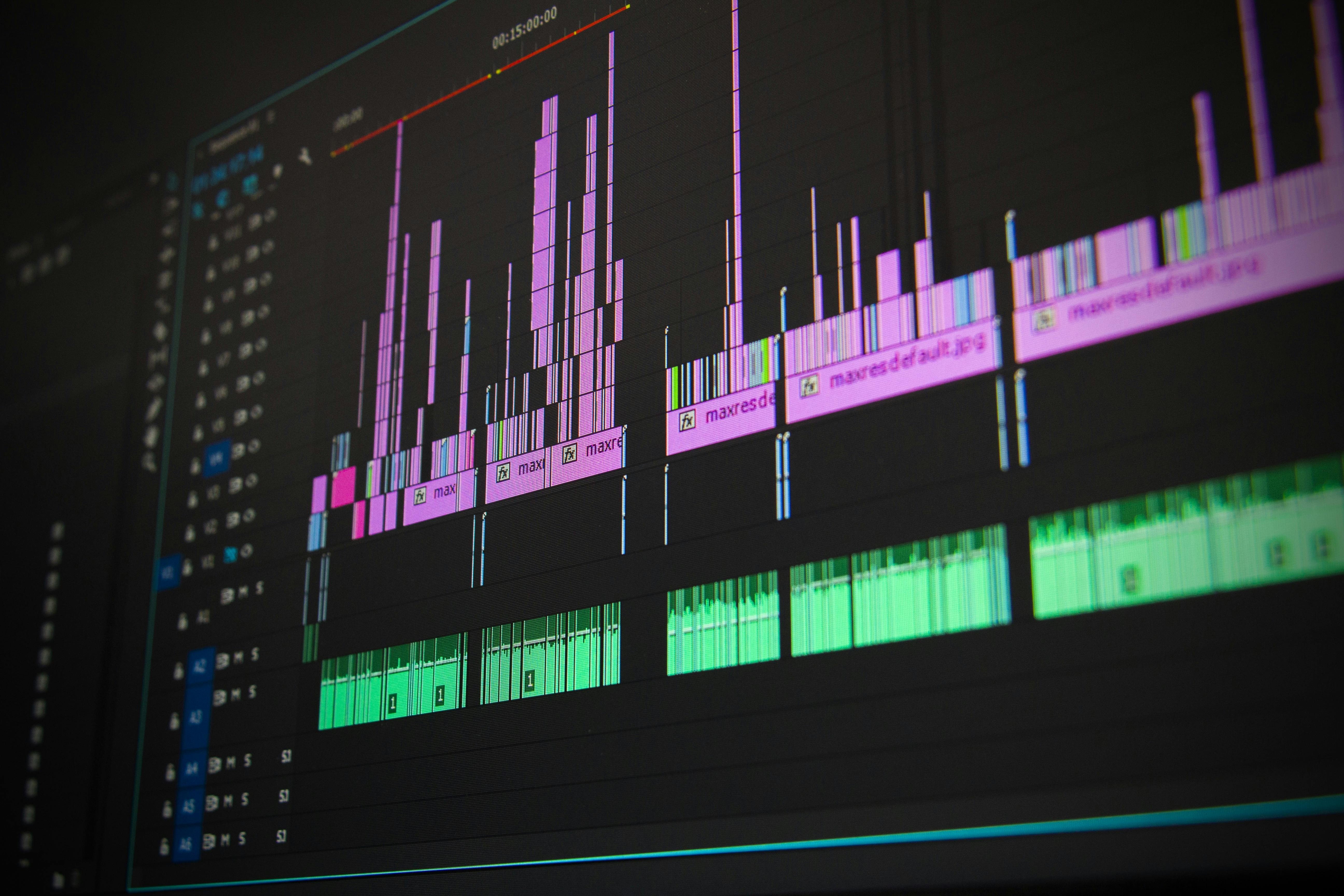
How to Properly Determine if a Check is Fake: Essential Tips for 2025
In today's fast-paced financial environment, understanding how to tell if a check is fake is vital for individuals and businesses alike. As check fraud becomes increasingly sophisticated, recognizing counterfeit checks protects your finances and reputation. This article will delve into the key aspects of identifying fake checks, utilizing advanced verification methods, and ensuring check security.
We will cover the following essential tips for validating checks in 2025:
- Examining check features that reveal legitimacy
- Using technology for online check verification
- Common signs of check fraud and how to spot them
- The importance of cross-referencing check details
- What to do if you suspect a fake check
By the end of this article, you will be equipped with the knowledge to effectively verify check authenticity and protect yourself from potential fraud.
Essential Features to Examine on Any Check
Building on our introductory overview, it is crucial to start with the basic features that can help determine if a check is authentic. Many legitimate checks incorporate specific design elements that are difficult to replicate.
Checking Bank Logos and Watermarks
Every legitimate check will have the bank's logo clearly displayed, usually in a specified location. Authentic checks often incorporate watermarks and other security features that should be visible when viewing them under light. If a check lacks these basic attributes, it could very well be a counterfeit.
Examining Check Paper Quality
The physical quality of the check paper can provide clues regarding its authenticity. Genuine checks are printed on high-quality paper, often with a specific feel. In contrast, counterfeit checks may appear flimsy or inconsistent. Pay attention to the weight and texture of the check to determine its legitimacy.
Looking for Security Features
Most banks adopt specific security features, such as color-shifting ink and microprinting. Familiarize yourself with these features, as they play a significant role in spotting fake checks. A thorough examination will yield critical indicators of authenticity, further ensuring your financial safety.
Utilizing Technology to Verify Checks
With technology evolving, the chances of verifying check authenticity have never been greater. Connected to this principle, it's essential to utilize innovative tools and methods in your check verification processes.
Online Check Verification Tools
Online resources and verification tools can offer instant assessments of check legitimacy. Banks may provide platforms to validate checks or third-party services that specialize in identifying fake checks. Accessing these resources allows for quick verification without relying solely on visual checks.
Using UV Light on Checks
Using UV light can help reveal certain security features that are invisible under regular light. Many checks embed invisible inks that glow under ultraviolet light. If a check does not showcase these features when subjected to UV light, it raises significant red flags regarding authenticity.
Understanding Check Formats
Different institutions might use various check formats, making it essential to recognize what a legitimate check looks like from a particular bank. Online databases can help familiarize you with standard check layouts, enabling you to spot deviations easily.
Methods for Spotting Fake Checks
Having established the technological methods for assessing check authenticity, we now turn to traditional techniques. Recognizing common signs of fake checks can save you from falling victim to check fraud.
Identifying Common Fraud Tactics
Many scammers use similar tactics that can be learned through common practices. For example, checks that are unexpectedly issued for large amounts during distant transactions should raise immediate concerns. Tactics like overpayment or expedited shipping often indicate scams.
Verifying Payee Information
Counterfeit checks may contain improper or misspelled payee information. It's essential to cross-verify the check's details against known entities or individuals. Legitimate checks will display accurate information that matches your records.
Checking Routing Numbers
Every check contains a routing number associated with the issuing bank. You can verify the legitimacy of this number online. If the number does not correspond to the stated bank or shows inconsistencies, you may be dealing with a fake check.
Taking Action Against Suspected Fake Checks
Recognizing a counterfeit check is one step, but knowing what to do next is equally critical. Taking swift action can mitigate potential losses and lead to further investigations of fraud.
Contacting the Bank for Verification
Don't hesitate to reach out to the financial institution that issued the check. Contacting the bank can provide definitive answers about its authenticity. Legitimate banks will be able to confirm whether the check in question was issued and whether any alerts exist.
Alerting Authorities for Check Fraud
If you suspect check fraud, report your findings to the relevant authorities promptly. Providing details about the check and its transactions may help prevent future scams affecting others. Local consumer protection agencies can guide you through the reporting process.
Proper Procedures for Handling Fake Checks
Know how to handle situations where you have accepted a check deemed counterfeit. Contact your bank for assistance, and avoid cashing any checks until verified. Following the legal implications of cashing a fake check is crucial to your financial health.
Preventing Check Fraud: Proactive Tips
In conclusion, preventing check fraud begins with you. Equipping yourself with knowledge about check security and validation methods ensures a safer financial experience.
Best Practices for Accepting Checks
When conducting transactions, always verify checks ahead of time, especially large amounts. The importance of check safety cannot be overstated; always exercise caution when dealing with checks from unfamiliar sources.
Engaging in Check Fraud Education
Stay informed about fraud schemes by engaging in continuous learning and education on check safety. Understanding current scams and counterfeiting techniques can help you remain vigilant and ready to act.
Utilizing Fraud Detection Software
For businesses, investing in fraud detection software for checks is advisable. Such technology can assist in analyzing checks for irregularities and offers higher protection against fraudulent activities.
For more information on safeguarding against fraud and staying updated on trends, visit this resource or check out this in-depth article.
With these tips, you can better understand how to tell if a check is fake and take essential steps to secure your transactions against fraud.

